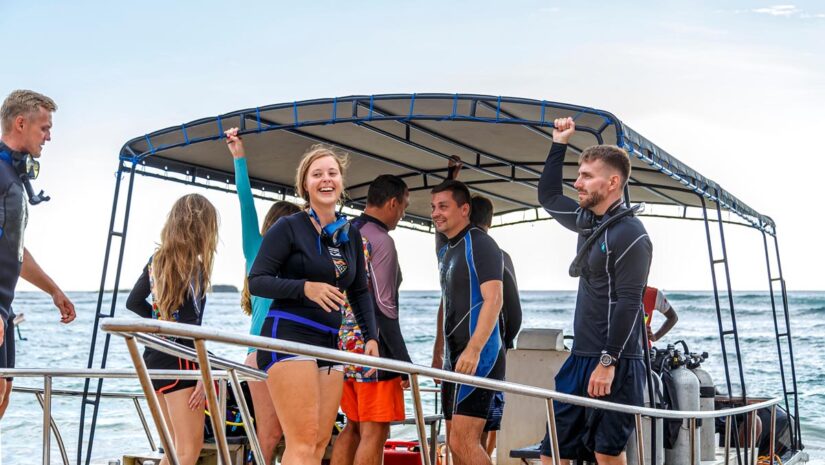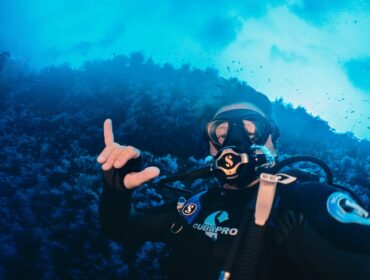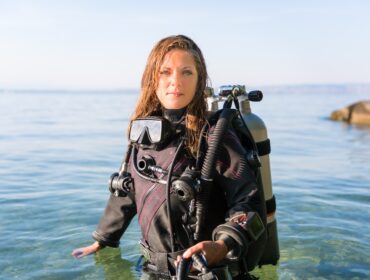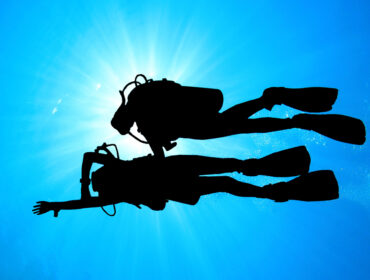Learning to dive in your 20s is a gift. I’ve felt the mix of excitement and nerves. That’s why I put together a practical path detailing simple habits that compound quickly. We’ll discuss how to move from open water to advanced without rushing. By the end, you’ll have a clear plan and real confidence.
Why leveling up now matters
Your 20s give you energy, flexibility, and faster recovery between sessions, which means frequent practice is actually realistic rather than aspirational. With that frequency, small skills turn into durable instincts: buoyancy improves, breathing calms, and dive time stretches, which in turn gives you more minutes to notice currents, read the bottom, and navigate without guesswork.
Moreover, progress reduces stress. When you brief clearly and debrief honestly, buddies know what to expect and guides can relax, which makes trips smoother, safer, and often cheaper. You’ll spend less time managing uncertainty and more time watching the reef actually come alive. Most importantly, momentum builds. Each safe, clean win makes the next step feel natural. That’s how you move from open water to advanced without drama.
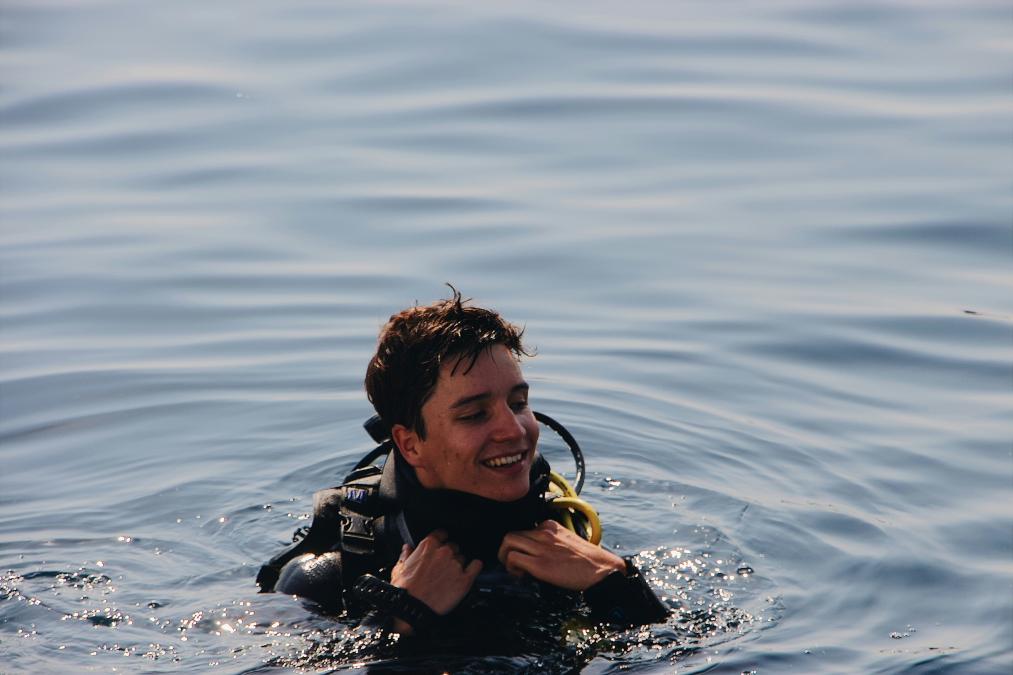
Safety and mindset first
Think of safety as a rhythm, not a rulebook you dust off on the boat. Before every dive, run a short brief that covers max depth, target time, turn pressure, signals, roles, and the lost-buddy plan. Say it out loud so everyone shares the same picture. After every dive, take two minutes to log one win and one improvement while details are fresh. This tiny ritual traps the learning, so you don’t repeat the same mistake three weekends in a row.
Equally important, park your ego on shore. Depth is meaningless without control, so trade bragging rights for calm breathing, tidy trim, and clean ascents. Schedule monthly refreshers for mask removal, regulator recovery, and controlled ascents, and (until the tempo becomes automatic) use a timer for safety stops. With this mindset, progress feels steady rather than scary.
Build core skills that unlock everything
Neutral buoyancy is the master lever because it touches air use, comfort, and situational awareness all at once. Aim to hover at five meters without hand sculling, think “skydiver” body line with a flat torso, light knee bend, and soft ankles. Then, lengthen your exhale a hair more than your inhale to smooth out the classic yo-yo effect that unnerves new divers and burns gas.
Next, sharpen propulsion. The frog kick gives efficiency and low silt, while the back kick offers precise position control for photos, descents on a line, and staying off fragile bottom. Film short pool sessions from the side and behind, since video feedback exposes tiny trim fixes, you’ll never feel in the moment. Finally, pick a gauge-check cadence (every three minutes is a solid default) so gas planning stays honest and nerves stay settled. Together, these habits carry you from open water to advanced training smoothly.
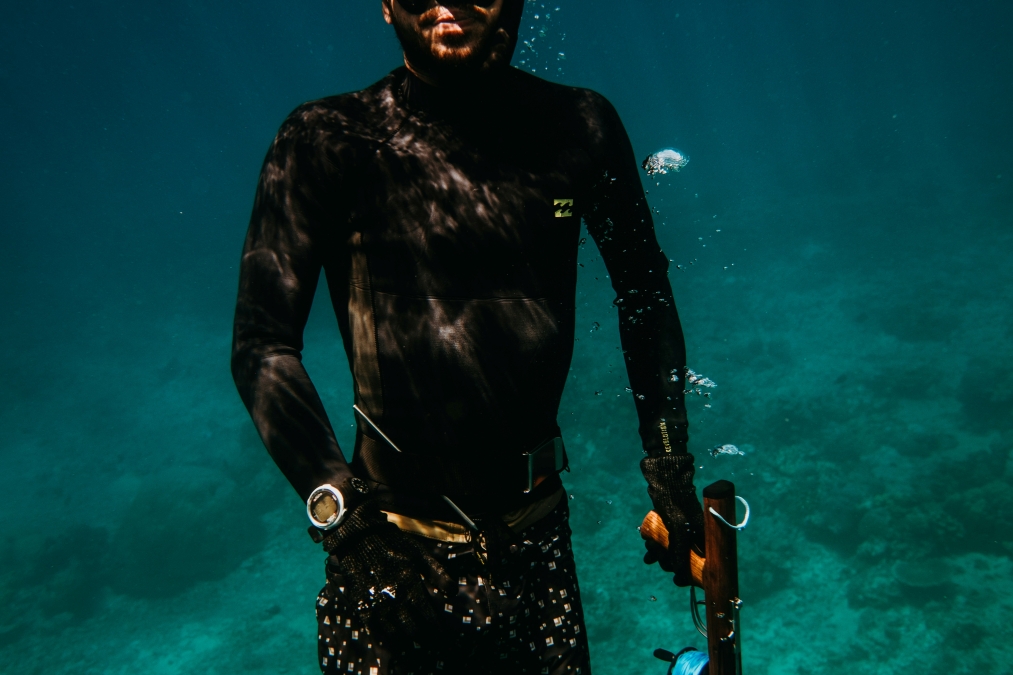
Follow a smart training path
Think sequence, not speed. After Open Water, log about ten relaxed dives to polish buoyancy, communication, and navigation before stacking new variables on top. When you enroll in Advanced, choose modules with purpose — buoyancy and navigation if you can, night or deep only when conditions and comfort align. Add Nitrox early for travel days so you can extend no-decompression time without pushing limits.
As confidence rises, move into Rescue. It rewires how you read people, problems, and water, and it sharpens teamwork under mild stress, which is exactly when good decisions matter most. From there, choose specialties that fit your home conditions and future trips — drysuit for cold water, deep for specific destinations, night for calm local sites, or sidemount if you like redundancy and tight spaces. Whenever possible, bundle courses with a short trip so you apply new skills immediately, that real-world immersion bridges open water to advanced more effectively than classroom hours alone.
Get fit for water, not mirrors
Diving rewards efficiency. Aim for three zone-two cardio sessions each week. Add one short interval day to boost capacity. Strengthen legs, core, and lower back with simple work. Planks, wall sits, and hip hinges are plenty.
Mobility matters more than most expect. Flexible hips, ankles, and thoracic spine improve trim. Better trim means less effort and lower gas use. Practice gentle equalization during warmups to train the reflex. Treat sleep like essential gear. Get seven to nine hours before you dive. Skip alcohol the night before. Your focus and air consumption will improve.
Spend smart on gear
Rent broadly before you buy. Track what fits, what annoys, and what feels natural. Start purchases with a mask that truly fits your face. Comfort beats every brand promise. Then get a simple wrist computer you can read at a glance.
For stability and trim, consider a backplate and wing after testing. Choose open-heel fins with spring straps for durability. Carry your own SMB, spool, and two cutting tools. Add a whistle for surface signaling. Rinse and dry gear thoroughly and label everything. A tidy kit prevents stress and protects budgets on trips.
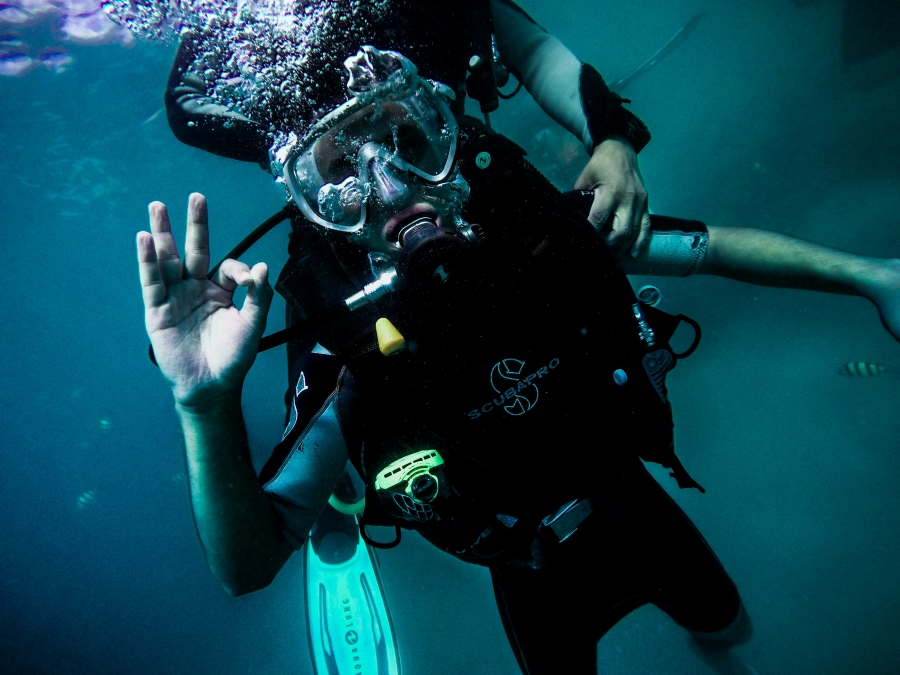
Plan dives like a pro
Good plans make dives feel effortless. Match the site to your skills and the day’s conditions. Review maps, entries, exits, and any known hazards. Ask locals about tides, currents, and surge windows. Set conservative limits that match the least experienced buddy.
Assign roles before anyone gears up. Someone owns compass and someone owns time. Keep the lost-buddy plan short and consistent. After the dive, log while details are still fresh. Note weighting, thermal comfort, and average SAC. Those notes turn into fast, safe decisions next time. This disciplined planning shortens the road from open water to advanced comfort.
Join communities that pull you upward
The right people accelerate progress. Look for shop pool nights or university clubs. Ask instructors about dedicated practice sessions. Split pool rentals to run structured drill circuits.
Give back as you learn. Join cleanup dives or help newer divers set up. Share checklists and tips that worked for you. Welcome feedback and track it in your logbook. Supportive communities reinforce good habits quickly. They also unlock travel partners and new sites. That social momentum keeps you moving from open water to advanced milestones.
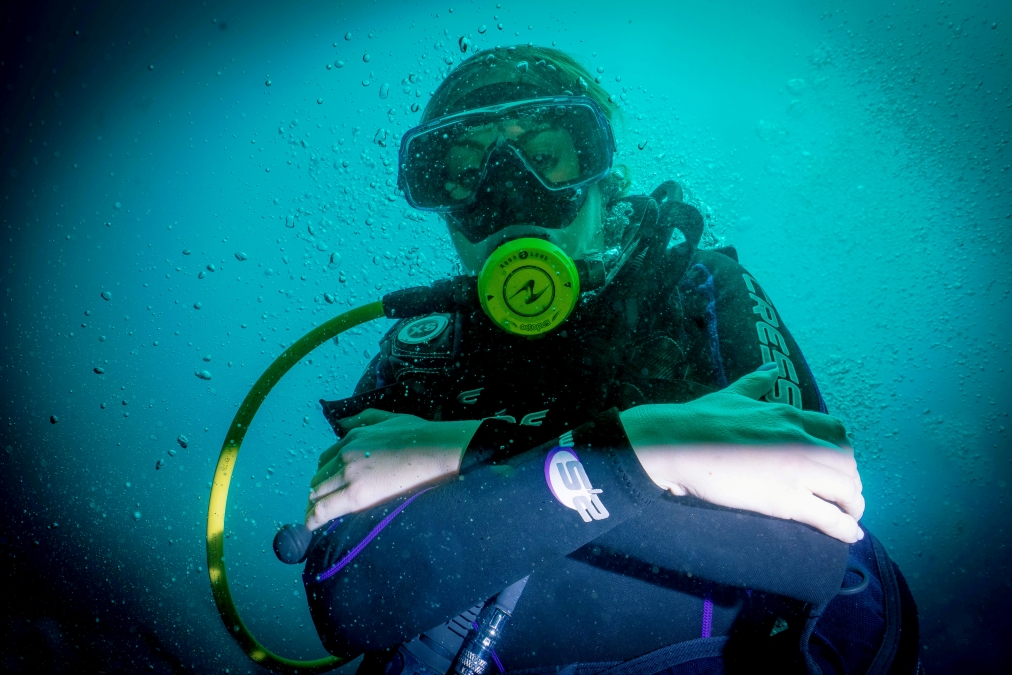
A practical 30-day ramp
- Week one: Focus on buoyancy and trim in a pool or calm bay. Film short clips and compare across sessions. Aim for stillness and relaxed breathing.
- Week two: Add navigation and emergency ascents. During safety stops, run micro-drills like hover holds or mask clears. Keep drills short and calm.
- Week three: Complete Nitrox theory and do two local dives using it. Record SAC, weighting, and comfort in different conditions. Change only one variable between dives.
- Week four: Book Advanced with a clear objective list. Choose dives that stretch you slightly, not wildly. Finish the month with a debrief and two quarterly goals. This focused month pushes you meaningfully along the open water to advanced path.
Final thoughts
I still remember feeling unsure after my first dive. What helped most was a simple plan and steady practice. If I were starting again, I’d follow these steps exactly. I’d stack safe reps, log honest notes, and keep training fun. With that approach, the jump from open water to advanced feels smooth. Keep the ego light and the process consistent. Your confidence will catch up faster than you think.

